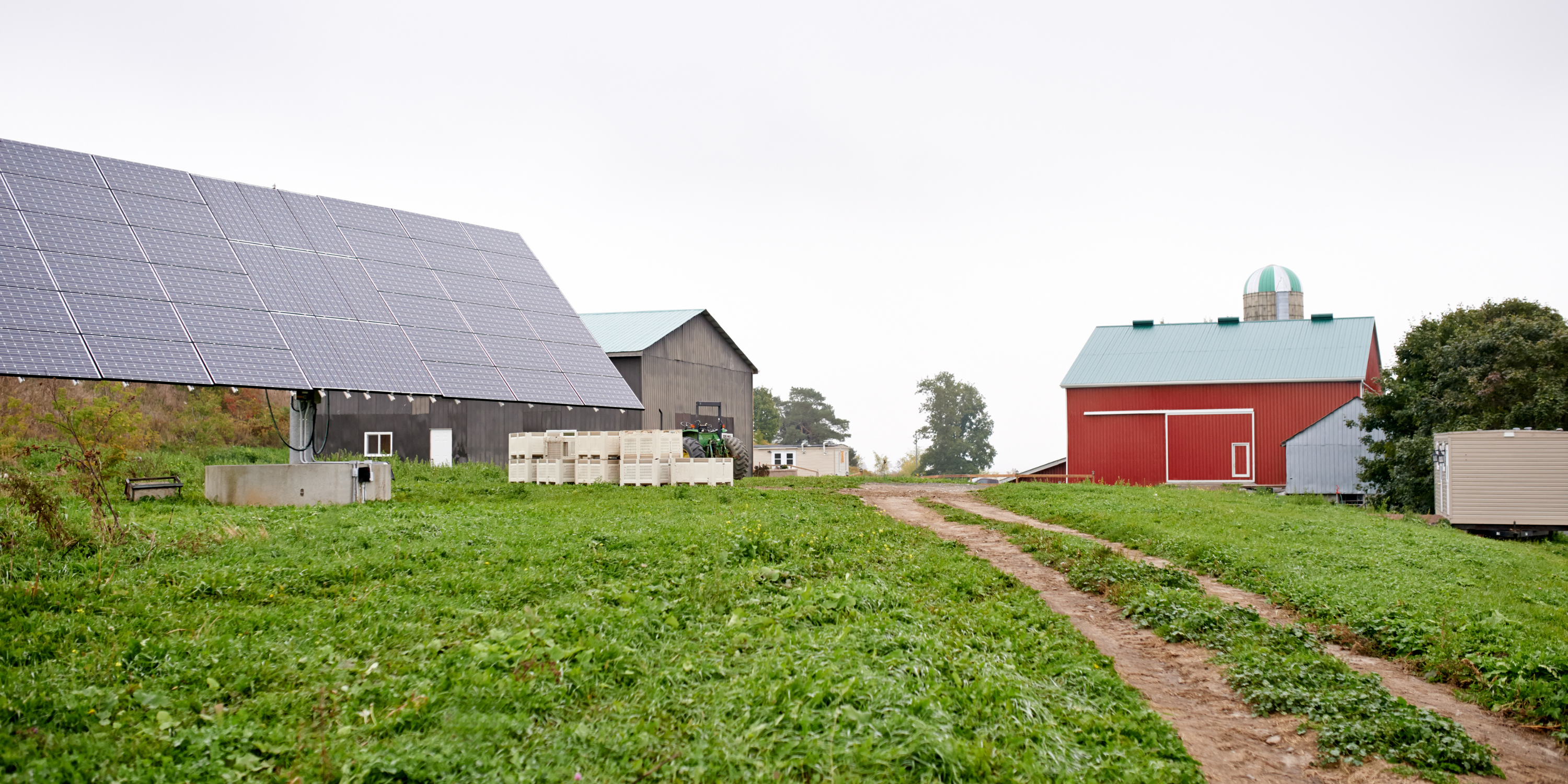
Agricultural Districts: Voluntary Protection for Working Lands
While some farmland preservation tools rely on regulation and others on financial compensation, agricultural districts strike a balance. These voluntary programs offer landowners practical protections and incentives for keeping their land in agriculture—without requiring permanent restrictions.
Across the U.S., agricultural districts serve as a vital first step in building community support for farmland preservation. They protect farmers from development pressures, reduce conflicts with non-farm neighbors, and promote the economic viability of agriculture.
In this post, we’ll take a deep dive into how agricultural districts work, their benefits and limitations, and how they fit into the broader preservation toolbox.
What Are Agricultural Districts?
An agricultural district is a legally recognized geographic area where farming is encouraged and protected. Landowners voluntarily enroll their land in the district—often for a fixed period, like 8 to 10 years—and receive incentives or protections in return.
These districts are not the same as zoning. While zoning is regulatory and mandatory, agricultural districts are voluntary and incentive-based.
How Agricultural Districts Work
Key Features:
-
Voluntary Enrollment: Landowners apply to include their land in a district.
-
Fixed Term Commitment: Enrollment typically lasts 8–10 years but is renewable.
-
Benefits and Protections may include:
-
Shielding from nuisance lawsuits (e.g., complaints about noise, odors)
-
Protection from eminent domain
-
Exemption from local ordinances that could restrict farming
-
Eligibility for tax incentives or cost-share programs
-
No Permanent Easement: Unlike conservation easements, agricultural districts do not permanently restrict land use.
Real-World Examples
New York State
One of the most robust agricultural district programs in the U.S. Over 8 million acres enrolled statewide. Farmers in a district are protected from overly restrictive local laws and are often eligible for agricultural assessment tax breaks.
Ohio
Agricultural Security Areas (ASAs) offer 10-year protection from non-agricultural development and nuisance suits. Landowners receive property tax reductions and some protections from annexation and eminent domain.
Tennessee
The Agricultural, Forest and Open Space Land Act offers tax benefits to properties in agricultural districts and limits taxation based on development value.
Benefits of Agricultural Districts
For Landowners
-
Keeps land in agriculture while retaining flexibility
-
Protects against nuisance lawsuits from neighbors
-
May reduce property taxes
-
Offers eligibility for conservation cost-share or grant programs
For Communities
-
Encourages continued farming and local food production
-
Reduces sprawl and land use conflicts
-
Supports long-term farmland protection goals without using public funds for land acquisition
Limitations and Challenges
While agricultural districts offer important benefits, they have limitations:
-
Not Permanent: Land can exit the program after the term ends.
-
Limited Enforcement: Protections vary by state and may lack strong enforcement mechanisms.
-
Public Awareness: Some farmers are unaware of the program or its benefits.
-
Minimal Development Restrictions: Districts do not prevent development outright—they discourage it.
That said, they can be a stepping stone to more permanent preservation tools like conservation easements or purchase of development rights (PDR).
Agricultural Districts vs. Agricultural Zoning
|
Feature |
Agricultural Districts |
Agricultural Zoning |
|
Voluntary or Mandatory |
Voluntary |
Mandatory |
|
Duration |
Time-limited (8–10 years) |
Ongoing unless rezoned |
|
Main Benefit |
Incentives, legal protections |
Controls land use and density |
|
Landowner Flexibility |
High |
Lower |
|
Implements Easement? |
No |
No |
They’re complementary tools, not interchangeable. Many communities use agricultural zoning to control land use and districts to provide incentives.
How Agricultural Districts Fit in the Toolbox
Agricultural districts often function as a “soft entry point” for farmland protection. Farmers unsure about permanent easements can test the waters, receiving benefits while maintaining the option to develop later.
They can also help:
-
Qualify farms for PDR programs
-
Serve as “preservation areas” in comprehensive plans
-
Educate landowners about farmland protection options
Best Practices for Agricultural District Programs
-
Conduct Outreach: Many eligible farmers don’t know the program exists.
-
Keep It Simple: Make enrollment easy and renewal automatic.
-
Pair with Other Tools: Use districts as a pipeline for PDR, TDR, or conservation easements.
-
Monitor and Evaluate: Track acreage, participation, and benefits to demonstrate impact.
Conclusion
Agricultural districts are a flexible, low-cost way to support farmers and protect rural landscapes. While not permanent, they help buy time, reduce pressure on working farms, and build a constituency for farmland preservation.
Whether you’re a farmer looking to protect your operation or a planner building a preservation strategy, agricultural districts are an essential tool in shaping a sustainable, agriculturally rich future.
Interested in enrolling your land in an agricultural district? Contact your local farmland protection board, extension office, or planning department to learn how to get started.
Up next: Farmland Protection Tax Incentives: Supporting Farmers, Preserving Land
Share


